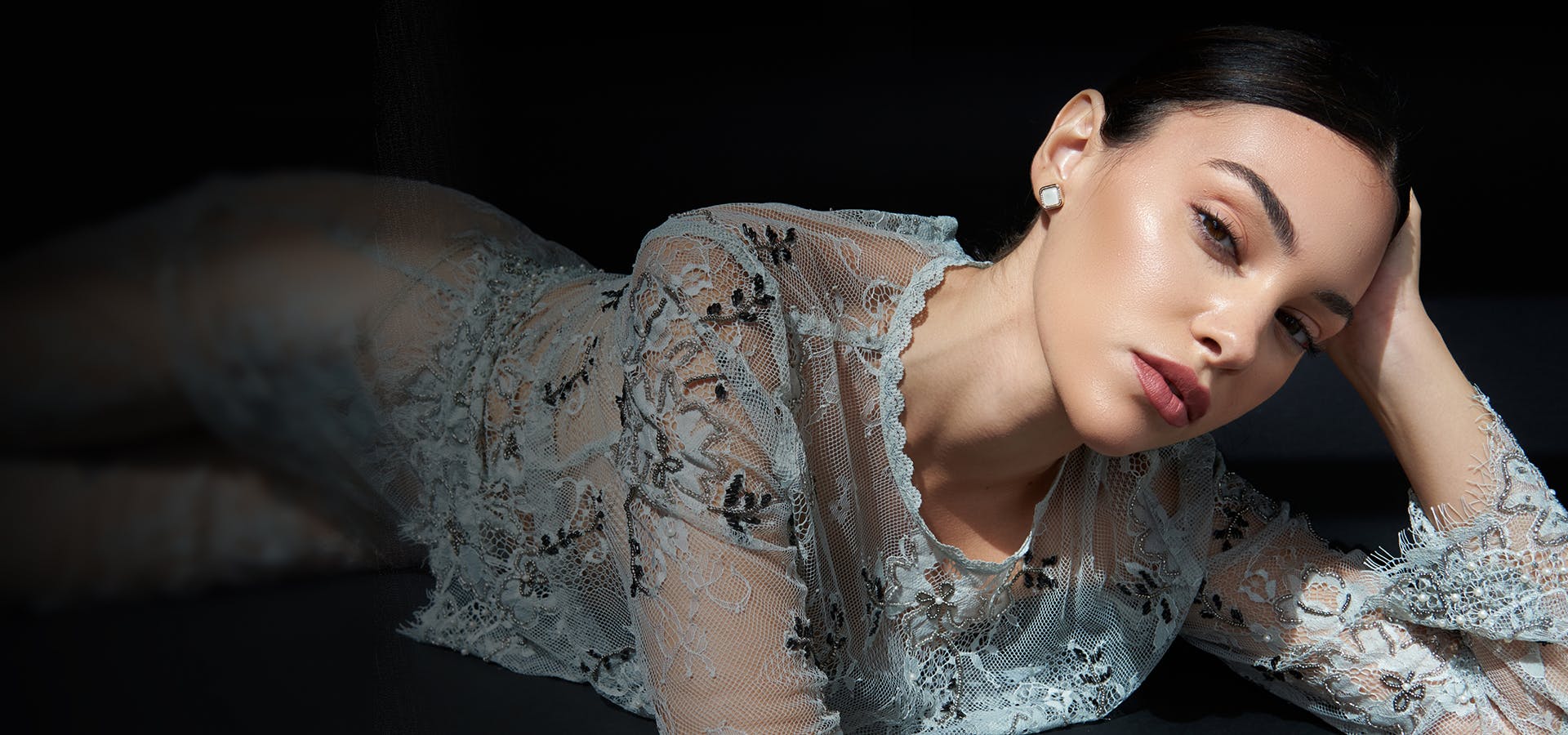
People seek rhinoplasty because they feel their nose is so unattractive. Because of the nose’s prominence and complexity, rhinoplasty is an especially challenging procedure for a plastic surgeon. This is why surgeons who are skilled in this specialty are in demand. Here at Rios Center for Plastic Surgery, we are proud to help you learn about the benefits of this life-changing procedure.
Surgical Factors to Consider
Plastic surgeons find other problems with their patients’ noses besides their wanting to fix the shape of them. Sometimes there is something wrong with the septum, which is the wall separating the right and left nostril. There may also be something wrong with the turbinates, which are structures that warm and humidify the air that enters the nose. These problems can interfere with the patient’s breathing, even though the patient doesn’t know it. In that case, experts in rhinoplasty suggest that the problems be corrected before the surgery on the nose.
Open or Closed Operations
The plastic surgeon can make an opening through the columella, which is the cartilage between the patient’s nostrils. This is the open or external procedure. They can operate inside of the nose without using external openings, which is the closed or endonasal procedure.
Different types of cartilage are used to reshape different parts of the nose. The cartilage from the septum is used to reconstruct the tip of the nose because it is straight and rigid. Cartilage from the turbinates is elastic but thicker than the cartilage from the septum. Costal cartilage is actually harvested from the patient’s ribcage and is used to correct severe saddle noses.
Bone is not often used during rhinoplasty because the body absorbs it over time, and patients find it to be too stiff. Plastic surgeons also use the lower layers of the patient’s skin, their fat and the fascia, which are sheets of collagen found around muscles and internal organs, to resculpt their noses.
After the operation, the doctor will splint the nose and apply dressings to keep it stable and protected. Splints and dressings also reduce swelling and bruising after the surgery. There are several types of splints to use after rhinoplasty, but plastic surgeons seem to prefer plaster of Paris because it’s versatile and inexpensive.
The splint usually comes off two weeks after surgery, and the nose can be gently massaged after this. Corticosteroid injections also keep down the swelling.
Reasons for Rhinoplasty
- Humps – Patients have many complaints about their noses that they believe are severe enough to call for rhinoplasty. The most common reason they seek surgery is because they have a hump on their nose. As with other types of nose problems, what the nose will ultimately look like depends on both the patient’s wishes and the surgeon’s skill and experience. It also depends on the age of the patient and especially on the gender. The hump in the nose is made mostly of cartilage with a bit of bone. The surgeon resects the cartilage then the bone in a straight line then adds spreader grafts to widen the inside of the nose and keep it symmetrical. Some doctors also use a rasp to shave the bone a bit. Other surgeons use a chisel-like instrument called an osteotome. The one challenge with removing a hump is that it leaves an open space at the bone at the top of the nose called the open roof. This can be corrected by osteotomies, or cutting and repositioning of bone in the nose. There are several ways to do this.
- Crooked Nose – Many patients have noses that are crooked, either because they simply grew that way or because of some kind of trauma. In some patients, the nose only looks crooked because their face is asymmetrical, and making the nose a bit off-center will make their face more symmetrical. Fixing a crooked nose one way or the other almost always requires osteotomies as well as straightening the part of the septum that’s made of cartilage. The surgeon might actually have to break the nasal bone in on one side, and break it out on the other. A crooked nose is best fixed through an open surgery, since it may also require spreader grafts made of cartilage to be inserted. Sometimes so much cartilage is needed that the doctor may have to retrieve some from the ribs. Straightening the nose in general also straightens the tip of the nose if it is symmetrical.
- Saddle Nose – The saddle nose looks like what it says. It has a dip in the center which is often caused by trauma. Sometimes all it takes to fix a saddle nose is to rotate the septum or augment it with cartilage. If the saddle nose is severe and was caused by an injury, the doctor may need to use osteotomies to repair it. The best technique for a saddle nose is to use a single transplant that’s wide enough in the upper part of the top of the nose to correct the problem. An L-shape strut made out of rib cartilage and non-absorbable sutures elongate the nose and allow the tip to project in a way that’s aesthetically pleasing.
- Tip of the Nose – Correcting the tip of the nose that the patient finds uncomely is one of the more difficult types of rhinoplasty. The problem lies with the thickness of the skin over the cartilage in the tip of the nose, or the alar cartilage. It is almost impossible to fix the tip of a nose with thin cartilage under thick, soft skin, and patients should be told this during their consultation with the surgeon. Many surgeons use an open surgery to correct the tip of the nose, simply because it is easier to see. Others go in through the cartilage of the columella.
The way the alar cartilage is sealed also factors in the ultimate look of the nasal tip. The tip can also be improved by cartilage grafts. Some surgeons prefer the septal graft because it is more rigid than the other types of cartilage grafts that are used in a rhinoplasty.
In another type of surgery, the tip of the nose is rotated upward, which not only improves its look but shortens a nose that the patient thinks is too long. The tip can also be rotated downward, which causes the nose to look like it’s longer. The surgeon can also place transplants at the ends of the domes of the nostrils. Removing some fatty, fibrous tissue from the nose can also improve the look of the tip and the look of the nose in general. In another surgery, the width of the nostrils is narrowed by making an incision in part of the columella.
Candidates for Rhinoplasty
Another thing that makes rhinoplasty a bit more daunting than other plastic surgeries is that the patients can be as young as 13. This is when their nose reaches its mature size, and many teenagers are not exactly sure what they want their final nose to look like. The only know they hate the one they have. During the consultation the doctor should stress that they can only have one external rhinoplasty in their life.
Older patients, especially women, are more certain when it comes to the final look of their nose. Men and women tend to want different things from rhinoplasty. Women want the tips of their noses to be more delicate and point just a bit upward, while men want a nose that’s powerful without calling too much attention to itself, with the tip just slightly falling.
It is also important for the patient to be in good physical and mental health and above all to have realistic expectations when it comes to their rhinoplasty.
During the consultation the doctor will need to examine and evaluate the patient’s nose. This means they’ll have to check the thickness of the skin, the length of the nasal bones and the condition of the nasal cavities. Because X-rays are sometimes used to evaluate the inside of the nose, they often reveal something awry with their patient’s septum or turbinates. Other doctors use endoscopes to check their patient’s nasal cavities before operating. Patients are also given smell tests before their procedure.
Of course, the doctor and the nurse take several photographs of the patient, and some doctors use computer imaging to show the patient what their nose might look like after their surgery.
Contact Us for More Information on Rhinoplasty
If you are unhappy with the look of your nose and are interested in rhinoplasty, we warmly encourage you to reach out and make an appointment with Rios Center for Plastic Surgery. At our convenient location in Edinburg, we are proud to serve the Rio Grande Valley. Our caring and dedicated team of professionals will be pleased to explain your options in greater detail and answer any questions you may have. Contact us today to set up your consultation – we look forward to speaking with you!
Back to Blog

